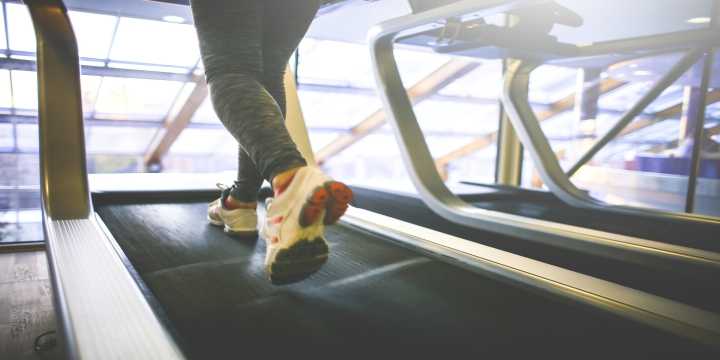
Common Running Injuries
Most of the time injuries occur when you push yourself too hard. No one is immune to injury but we can take precautions to make sure we are not as likely to hurt ourselves.
I have listed a five of the most common running injuries, and the best way to avoid and treat them.
Runners Knee. This occurs when the cartilage in the kneecap wears down. This can cause pain around or behind the kneecap. It is caused by running downhill, muscle imbalance and the repetitive force of running on pavement. To avoid this it is advised to stick to uphill or flat terrain, preferably on softer ground. If you are unlikely enough get this, experts recommend cutting back on the mileage and using a knee brace.
Shin Splints. If you are a runner and you have never experienced shin splints you are one of the lucky ones! If left untreated it is one of the worst injuries to hinder your workout. They can be caused by an increase in the frequency of a run, a more intense run, or poorly fitted shoes. To prevent shin splints research has found shock absorbing insoles can help, as well as insuring you are have the correct footwear. To stop the pain, you can try icing your shins for 15-20 minutes, and keeping them elevated.
Sprained Muscles. This is caused by creating a small tear in your muscle, generally by overstretching. Common muscles to sprain for a runner are the calf and hamstring. The simplest way to ensure you don’t pull a muscle is to properly warm up, and cool down before and after a run. If you do pull a muscle, remember R.I.C.E. Rest (up to five days), Ice, Compression, and Elevation
Blisters. These are caused by friction, usually due to your shoes or socks rubbing against your skin. Heat and moisture can increase the likelihood of blisters, which explains why many runners suffer with blisters in marathons. The best way to reduce the chance of blisters is by wearing a good pair of synthetic socks, and if one does appear you can drain it with a sterilised needle and then cover with a plaster.
Chafing. This is the result of friction between skin and clothing, or skin and skin. The result is skin rubbed red raw, or even worse! To stop the sting between your thighs you can wear a pair of longer, tighter running shorts, or capris. If the chafing is occurring on your nipples a couple of plasters can help, or some sort of lubricant.